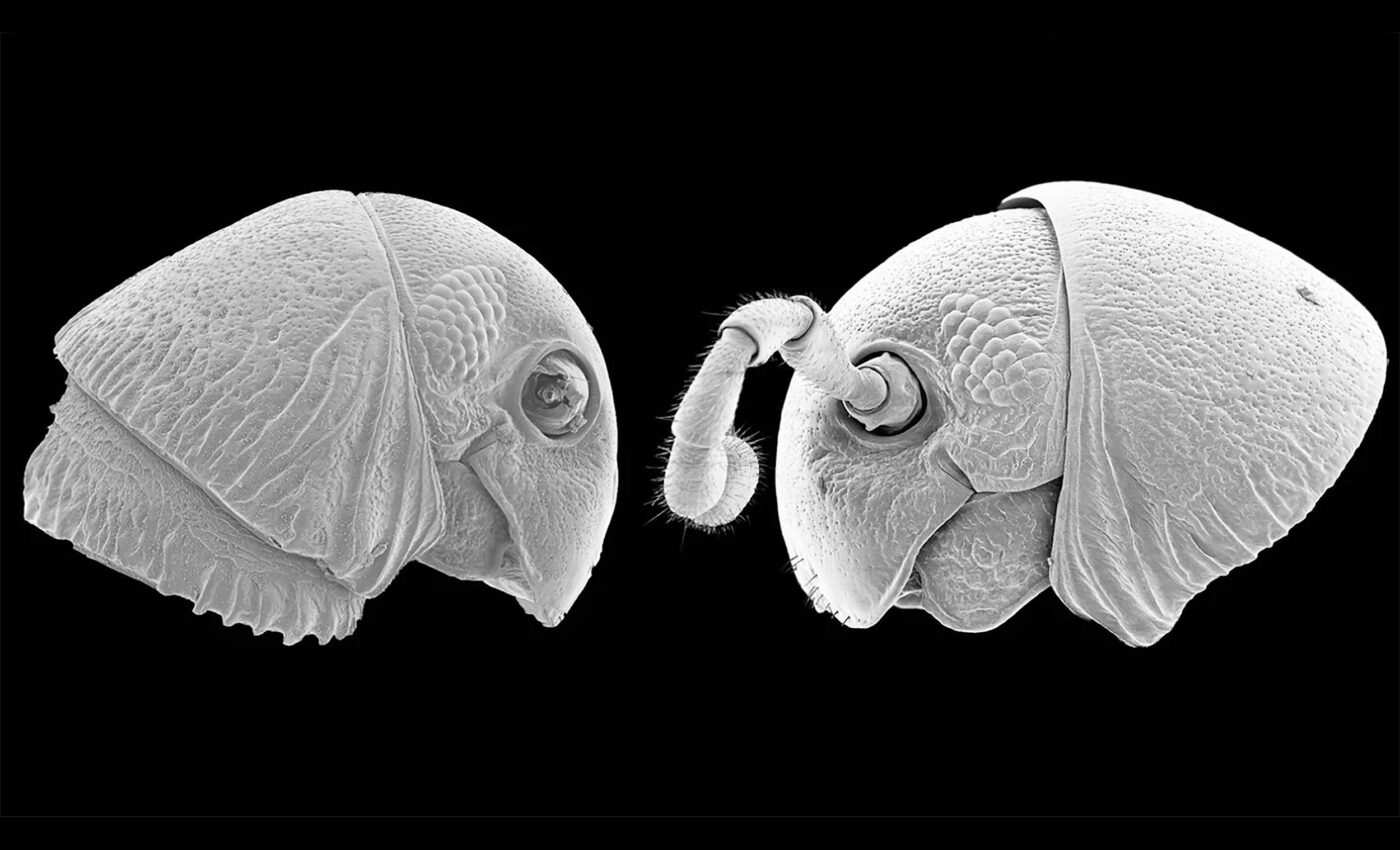
"Alien-faced" forest dwellers discovered that resemble Star Wars characters
In the remote jungles of Africa, researchers at the University of the Sunshine Coast recently discovered a new genus and five new millipede species.
These creatures, bearing a resemblance to characters from the “Star Wars” universe, were found nestled among forest litter and loose soil in Tanzania’s secluded Udzungwa Mountains.
This significant find was part of a broader investigation into the growth patterns of trees and vines, aimed at unraveling the mysteries surrounding forest recovery processes.
Collaborative effort in biodiversity research
The discovery was a collaborative effort that included six international researchers, with Professor Henrik Enghoff of the University of Copenhagen leading the charge.
The research not only sheds light on the biodiversity of the Udzungwa Mountains but also plays a crucial role in understanding the impact of woody vines on forests worldwide.
As Professor Andy Marshall, a key figure in this research, explains, these millipede species could be instrumental in their research on forest recovery.
“The millipedes will help us to determine two very different theories on the role of vines on forest recovery — whether the vines are like bandages protecting a wound or ‘parasitoids’ choking the forest,” Professor Marshall said.
“It’s remarkable that so many of these new species did not appear in earlier collecting of millipede species from the same area, but we were still hoping for something new.”
Forest recovery, climate change, and new millipede species
This project, which enjoys the support of the Australian Research Council, is part of a larger initiative to comprehend how forests bounce back from severe disturbances, such as logging.
The findings thus far indicate that rising temperatures significantly contribute to the dominance of woody vines in forests already weakened by human activity.
Millipedes, known for their numerous legs, are fascinating creatures, with the largest African species reaching lengths of up to 35 centimeters.
The new millipede species discovered by Professor Marshall and his team, although only a few centimeters long, boast an impressive 200 legs each.
This discovery underscores the rich tapestry of life that remains hidden within the world’s tropical forests, waiting to be uncovered.
Legacy of discovery and conservation
This isn’t the first time Professor Marshall has been at the forefront of discovering new species. His past research endeavors have led to the identification of a new chameleon and a new tree species, which is already facing the threat of extinction.
These discoveries highlight the critical need for continued exploration and conservation efforts in tropical forests.
Among the newly discovered millipede species, one was named Lophostreptus magombera, in honor of the Magombera Nature Reserve.
This area is renowned for its unique biological diversity, and Professor Marshall has been actively involved in its conservation since the early 2000s.
The newly identified millipede specimens are currently housed at the Natural History Museum of Denmark, at the University of Copenhagen, where they contribute to the ongoing study and preservation of biodiversity.
Through their diligent research and discoveries, this team of determined scientists enhanced our understanding of millipedes while highlighting the importance of tropical forest conservation.
Their work serves as a reminder of the vast, unexplored biodiversity of our planet and the crucial role it plays in understanding ecological processes and conservation strategies.
The full study was published in the European Journal of Taxonomy.
—–
Like what you read? Subscribe to our newsletter for engaging articles, exclusive content, and the latest updates.
—–
Check us out on EarthSnap, a free app brought to you by Eric Ralls and Earth.com.
—–













